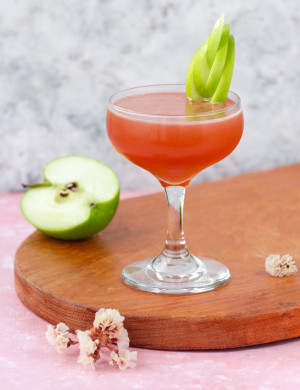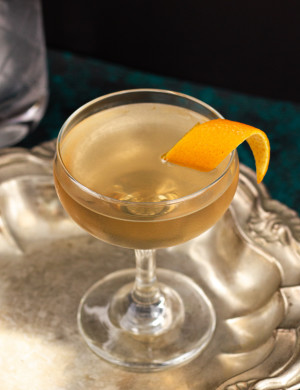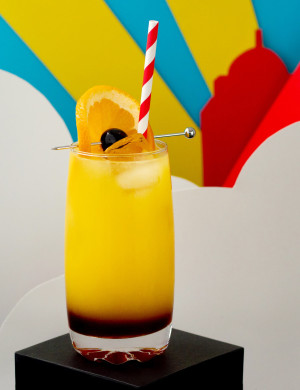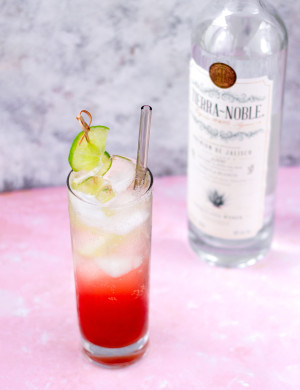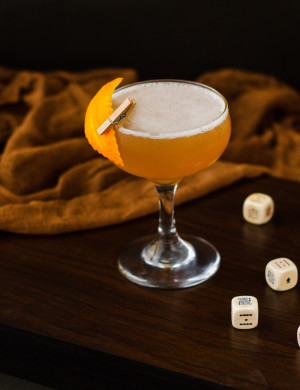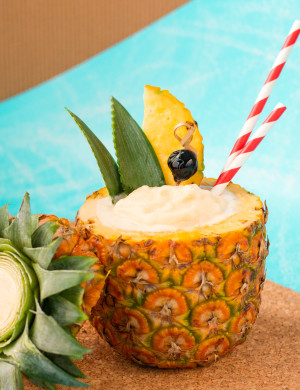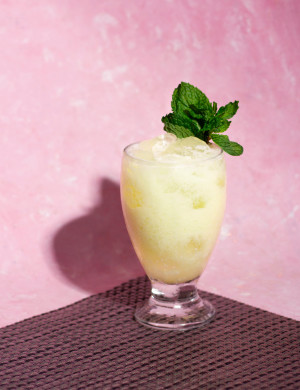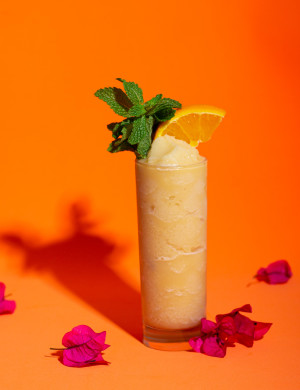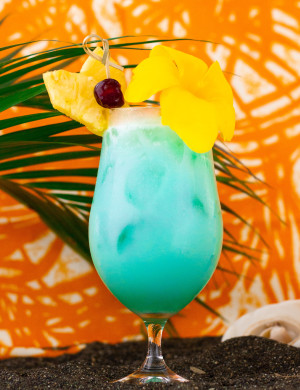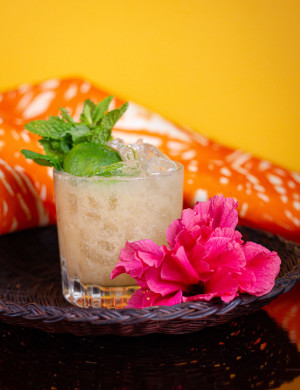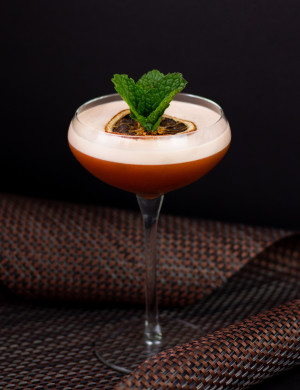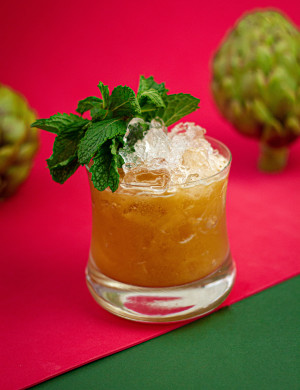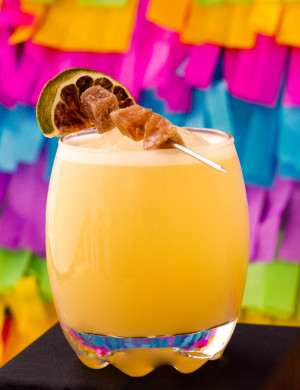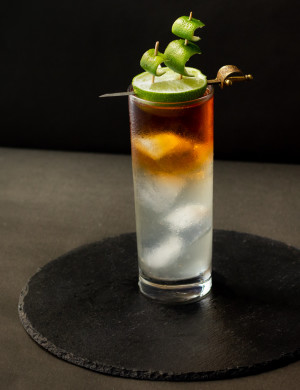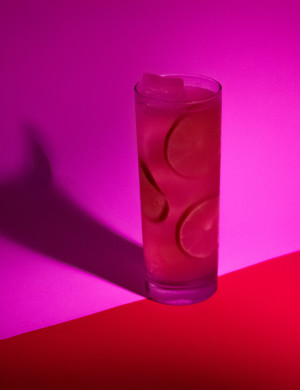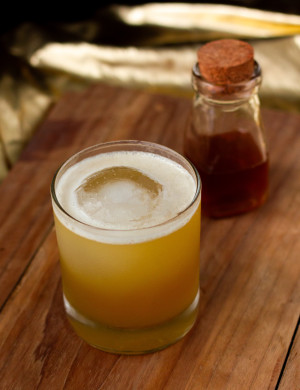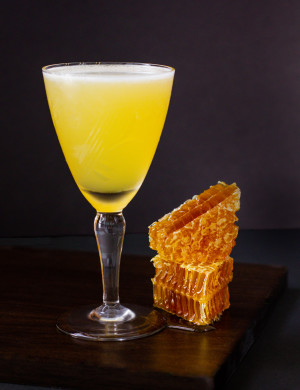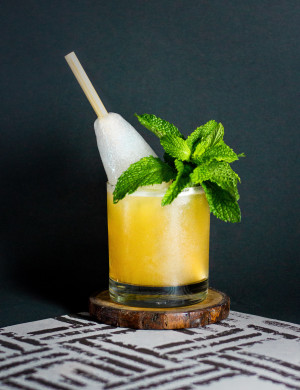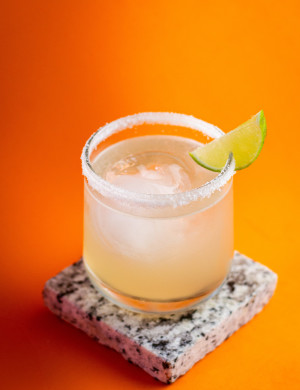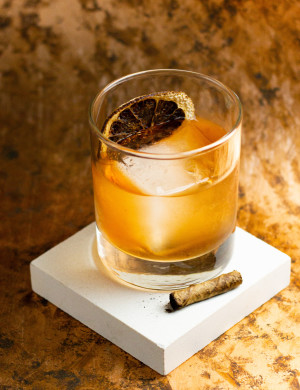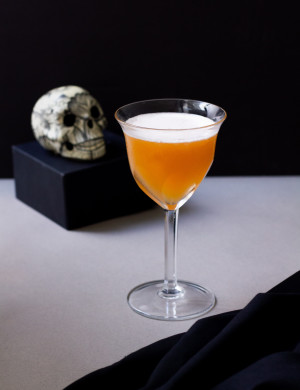Sweetness II: Less Simple Syrup
Syrups are one of the most common ways of adding different flavors into a cocktail. Adding syrup instead of juice, for instance, will allow you to introduce new flavors without adding more water which would dilute your drink. They can also be used to make non-alcoholic (temperance) recipes, such as a Shirley Temple or an Italian Soda.
General tips when making syrups
Syrups can be made out of literally anything: Fruits (raw, cooked or even dried), herbs, spices, etc.
A lot of syrup recipes will ask you to heat up the ingredients in order to properly mix them. You’ll know they're ready by placing some of it on the back of a spoon, then drawing a line across it – if the remaining syrup stays in place, you’re good to go!
Much like simple syrup, these should be stored in sterilized bottles in the fridge to extend their lifespan as much as possible. Some people like to add a small amount of a particular spirit (vodka, rum, everclear) to extend this lifespan a little longer.
Even in the fridge, syrup will eventually start to ferment or develop mold, so always test yours before using it.
Note that some types of syrup will develop some sediment at the bottom: This doesn’t mean they’ve gone bad! Simply shake it back to its former state.
The recipes in this lesson should be good for around a month. If you don’t plan to use as much of them consider making smaller batches, or splitting a larger batch into smaller containers which you can store in your freezer. In there they will last for at least 6 months, if not more, before they start losing their flavor.
While most of the following syrups will likely be found in your local supermarket or online, we recommend that you try to make them yourself at least once. It’s best if you learn and understand how they taste when they’re handcrafted so you can then compare them to the commercially available varieties.
Popular Syrups
Let’s take a look at some of the more commonly used syrups used in cocktail recipes:
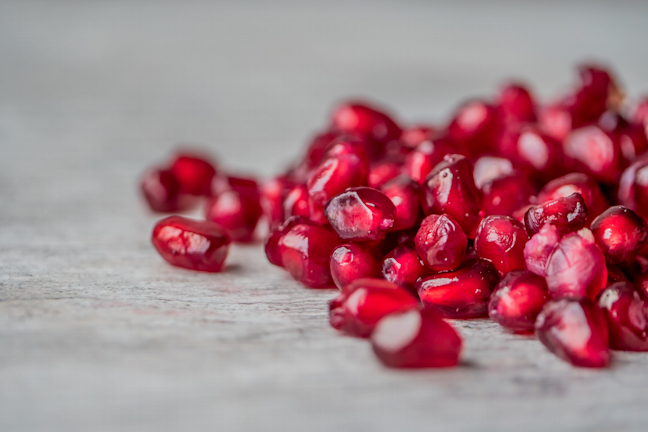
Grenadine
Grenadine is a syrup primarily made from pomegranate. It is featured in a lot of classic recipes both for its taste and its color.
It’s very likely that the first time you saw or tasted grenadine you were presented with a neon red liquid, made with high fructose syrup, and which vaguely tasted like fruit. Properly handcrafted grenadine is entirely different. It has a deep red hue, and often has a floral aroma from the use of orange blossom or rose water. In terms of taste, it’s more complex, and slightly tart.
Ingredients
- 1 part pomegranate juice
- 1 part white sugar
- 30ml pomegranate molasses for every 250gr of sugar
- ½ teaspoon orange blossom water for every 250gr of sugar
In terms of ingredients, as the recipe says, you can use unsweetened pomegranate juice if that’s easier for you to get a hold of. This will also save you some trouble from having to press the juice yourself. If sweetened pomegranate juice is all that is available to you, we’ve made grenadine with it as well – just add it to a pan in medium heat and reduce it until it has a syrup-like consistency. It should already have enough sugar so you shouldn’t need to add any. Following that, add the orange blossom water and pomegranate molasses (optional).
Speaking of orange blossom water and the pomegranate molasses: You can find both of those in any middle-eastern store. You can also find the orange blossom water in stores which sell salts and spices. Furthermore, if you have access to pomegranates (or pomegranate juice), you can make the molasses yourself. It only requires three ingredients: pomegranate juice, sugar and lemon juice.
Ingredients
- 2 parts pomegranate juice
- 1 part sugar
- 1 teaspoon lemon juice for every 225ml of pomegranate juice
Anders Erickson has a taste test of different store-bought grenadine options, in case you’d rather purchase it:
Grenadine Taste Test - which syrup to buy?
Grenadine can be mixed with soda water and some lime / lemon juice to create a refreshing soft drink. Otherwise, it can also be used in salad dressings and vinaigrettes.
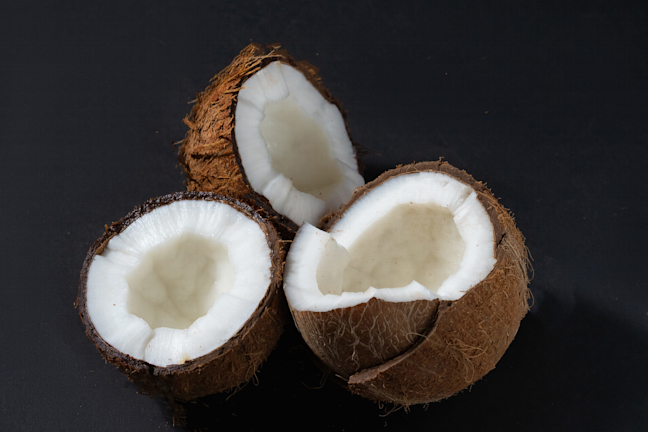
Cream of Coconut
Cream of Coconut is used in a lot of tropical recipes, including the Piña Colada. Coco Lopez is probably the most well-known brand when it comes to Cream of Coconut. If you have access to it, it is delicious and will definitely serve you well. Alternatively, if you can’t get it or if you want to avoid preservatives, you can easily make your own.
Ingredients
- 1 part coconut milk (full fat)
- 1 part sugar
- ⅛ tsp salt per 400g of sugar
- 1 tbsp coconut powder per 400g of sugar (optional)
You can make coconut milk yourself, if you want, although it’s a bit labor intensive if using fresh coconuts. You can also make it using dried coconut, though. Here’s a link from Zero Waste Chef:
Coconut Milk Made from Dried Coconut
As a side note, cream of coconut and coconut cream are not the same thing. Do not use them interchangeably. Coconut cream is the thick, unsweetened top layer of cream that floats on top of coconut milk. Cream of coconut is made by adding sugar to coconut milk. Coconut cream is like heavy cream, and cream of coconut is more like condensed milk.
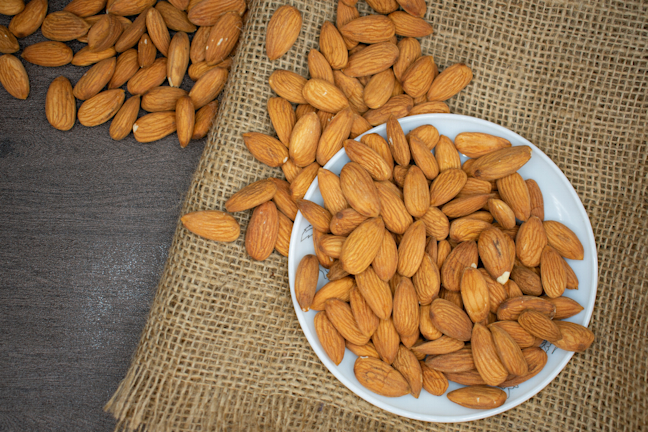
Orgeat
Orgeat is the key ingredient in a Mai Tai. It’s essentially almond syrup and it tastes a lot like marzipan. It often has a floral nose, much like grenadine, as it also makes use of orange blossom and / or rose water.
The process to make it involves almond milk, which you can buy at the store (unsweetened), or you can make yourself. The quality of almond milk available to you and how much time you’ve got on your hands will probably dictate whether you should use one or the other.
Ingredients
- 1 part unsweetened almond milk
- 1.5 parts white sugar
- ½ teaspoon orange blossom water for every 150ml of almond milk
- ¼ teaspoon almond extract for every 150ml of almond milk (optional)
- 15ml brandy for every 150ml of almond milk (optional)
A lot of orgeat recipes call for blanched almonds, but we’ve seen recipes that use them unblanched, or even roasted for a few minutes in the oven. It’s entirely up to you!
In terms of the almond milk, we prefer making it because part of it will be used for the orgeat, and the rest will go into tea, smoothies or desserts. We also toss the leftover blended almonds into the oven in low heat (or a dehydrator) to make almond flour.
Side-by-side Orgeat comparison from Jean-Félix from Truffles on the Rocks
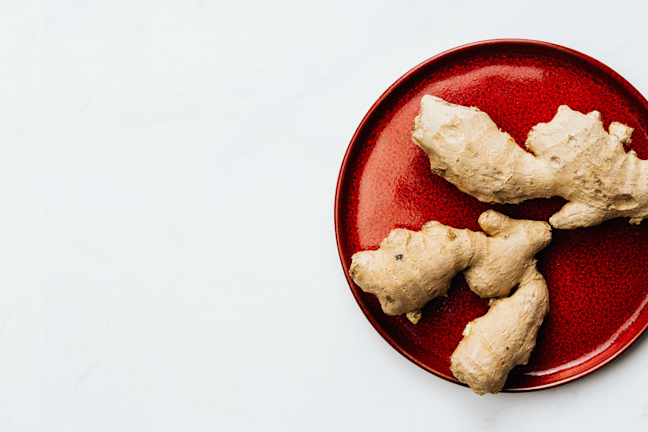
Ginger Syrup
If you’re looking for something with a kick, try making ginger syrup. It’s really easy to make and only requires fresh ginger, sugar and water.
Ingredients
- 1 part ginger juice
- 1 part sugar
If you open the recipe, you will find other methods of making this syrup in case you don't have a juicer.
One of these methods revolves around boiling fresh ginger. If you do so, add more water than you need to allow enough time for the ginger to release all its flavor. Grating one or two pieces of ginger, roughly an inch in size, will greatly increase the spiciness you get in your syrup.
The leftover ginger can be used to make candied ginger: Simply add it for a couple of hours in a dehydrator, or place it in a baking sheet and into your oven on low heat until it dries out (the amount of time required depends on the thickness of your ginger slices). Alternatively, some people just leave it to dry out in the open and then coat them with sugar, which will absorb all the moisture.
Ginger Syrup can be mixed with soda water and some lime / lemon juice to create a great non-alcoholic drink (we also recommend floating some Angostura bitters on top to make it even better). Additionally, you can sub your ginger syrup + soda water in any recipe that calls for ginger beer.
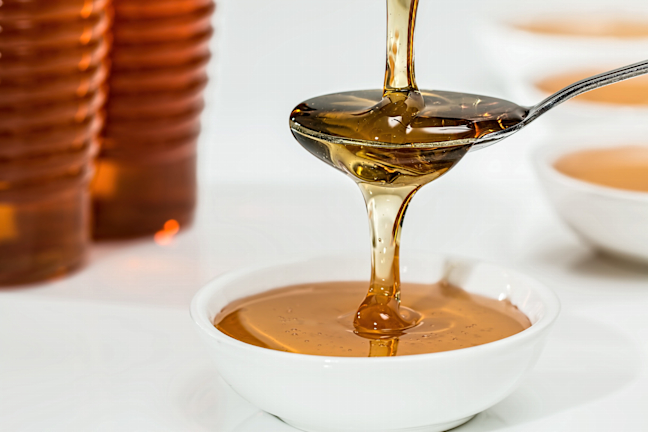
Honey Syrup
If you like the taste of honey, you probably have already thought about using it in cocktails. Honey is called for in several recipes but it’s generally diluted into a syrup first. Honey syrup is easier to pour and prevents the honey from over-thickening or from crystalizing when you chill it down.
Ingredients
- 3 parts honey
- 1 part water
Be careful not to heat artisanal, non-pasteurized honey beyond 36°C / 97°F, as it will lose some of its more nuanced flavors. If you use the pasteurized variety, it will already have gone beyond those temperatures, so don’t worry about it.
Not all recipes will specify the ratio of honey syrup they use, so it’s up to you to test them out. We’ve found the 3:1 ratio to be the one that is used most frequently, so when in doubt, use it as your starting point. Different honey varieties will yield different flavors, so feel free to experiment!
Maple and Agave Syrup
Maple and Agave syrup can both be used as is, there’s no need to dilute them further. Consider using maple syrup instead of simple syrup in cocktails such as an Old Fashioned, or wherever you think it would pair well with the other ingredients. Maple syrup is comparable to rich simple syrup in terms of sugar content; if you use our app’s conversion tools to swap simple syrup for rich simple syrup, you can apply that for maple syrup as well.
Agave has risen in popularity in recent years, and it is no surprise as it is delicious. You’ll find a lot of Tequila cocktails that make use of it as a sweetener. When you taste agave, its sweetness strikes rapidly and goes away just as fast. If you want to use it in lieu of simple syrup, try scaling back to ½ - ¾ of what the recipe calls for.
